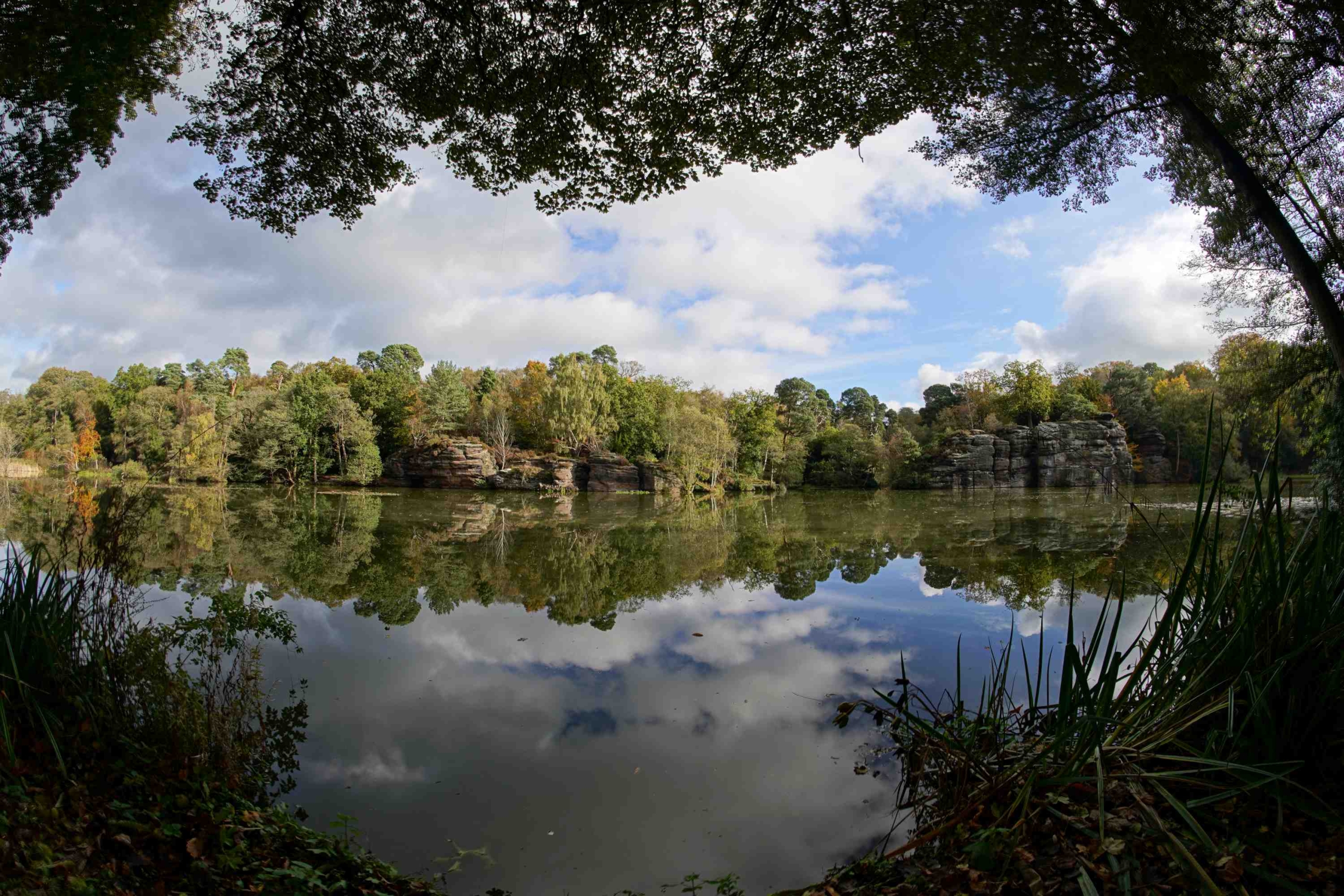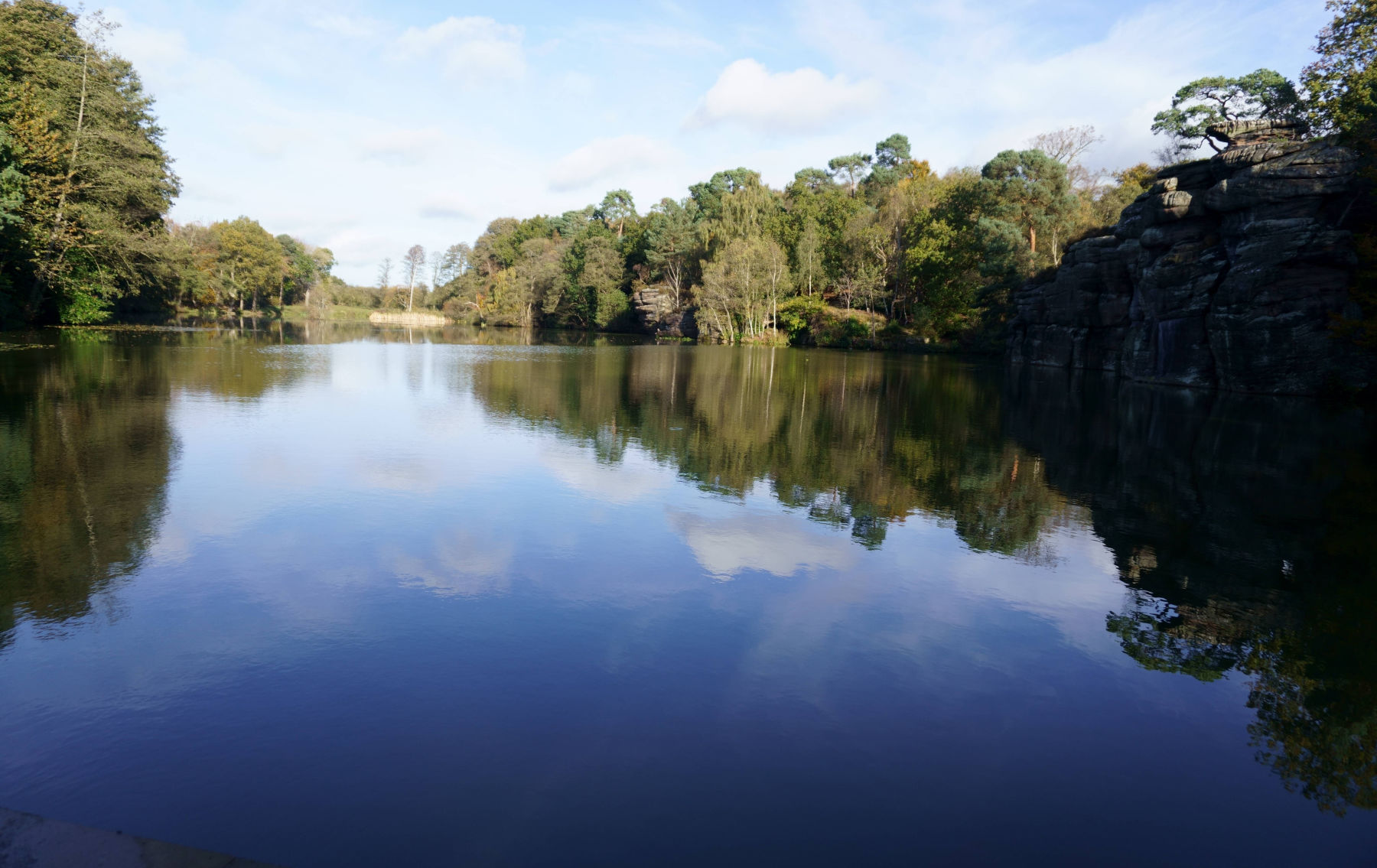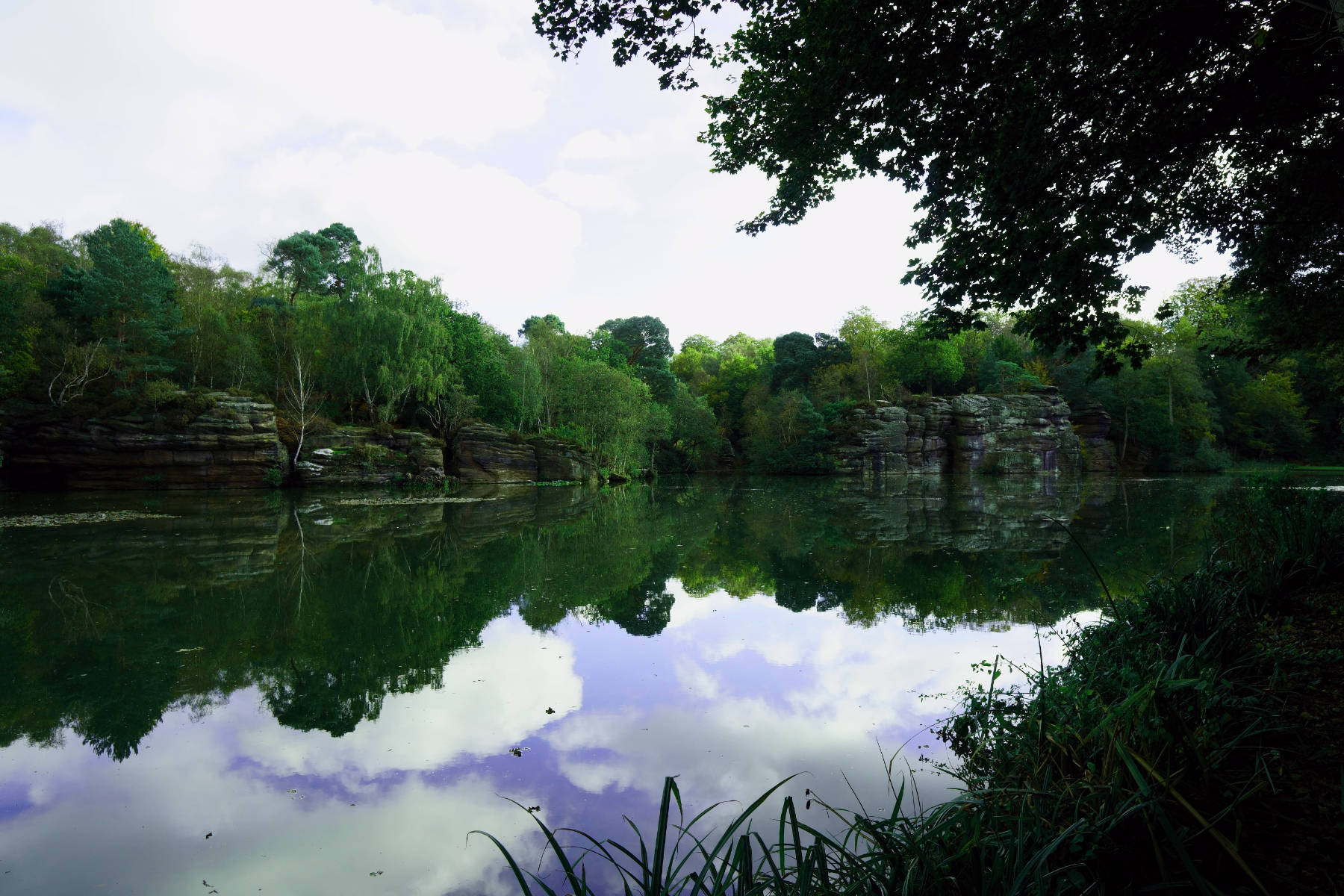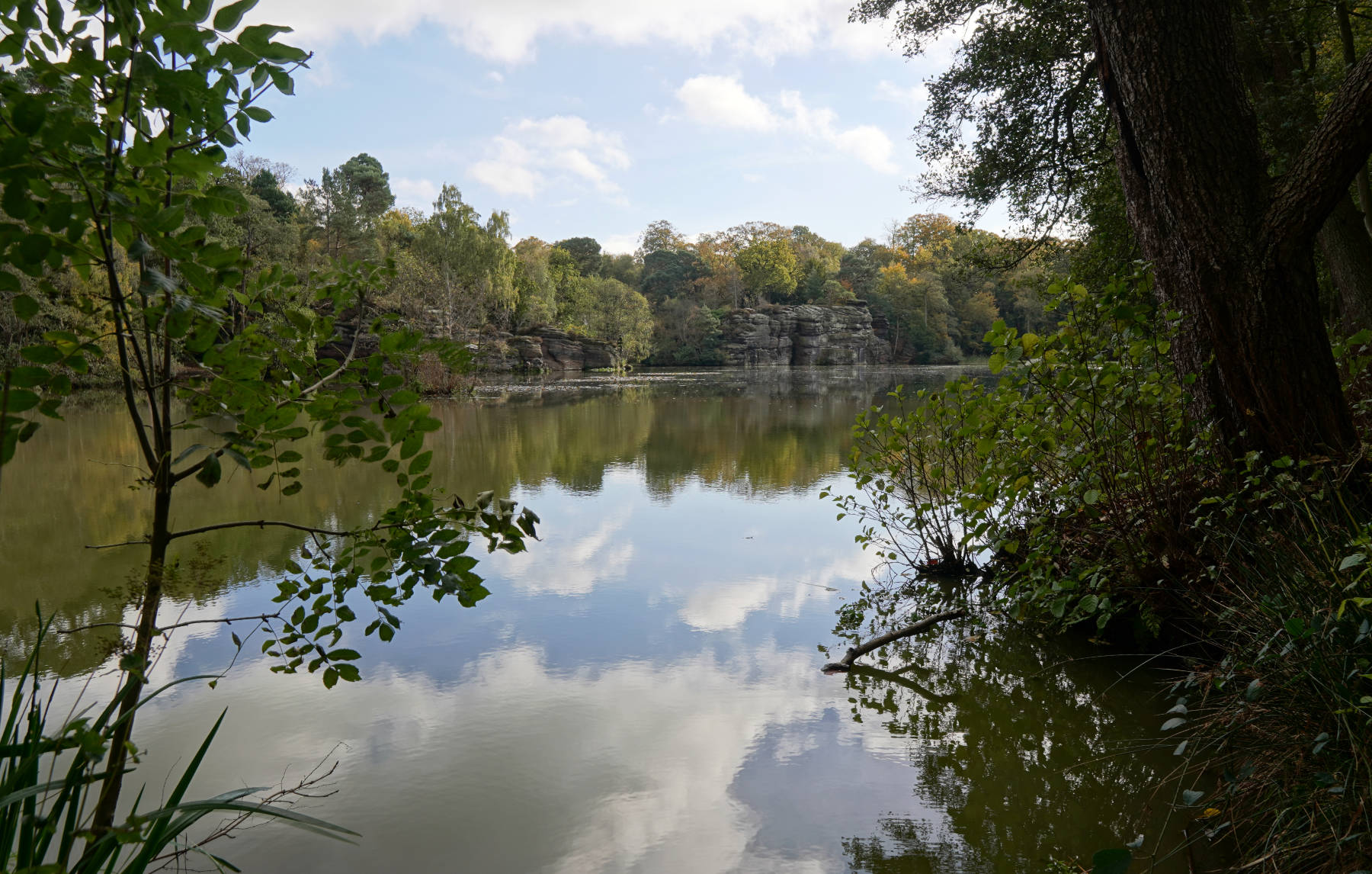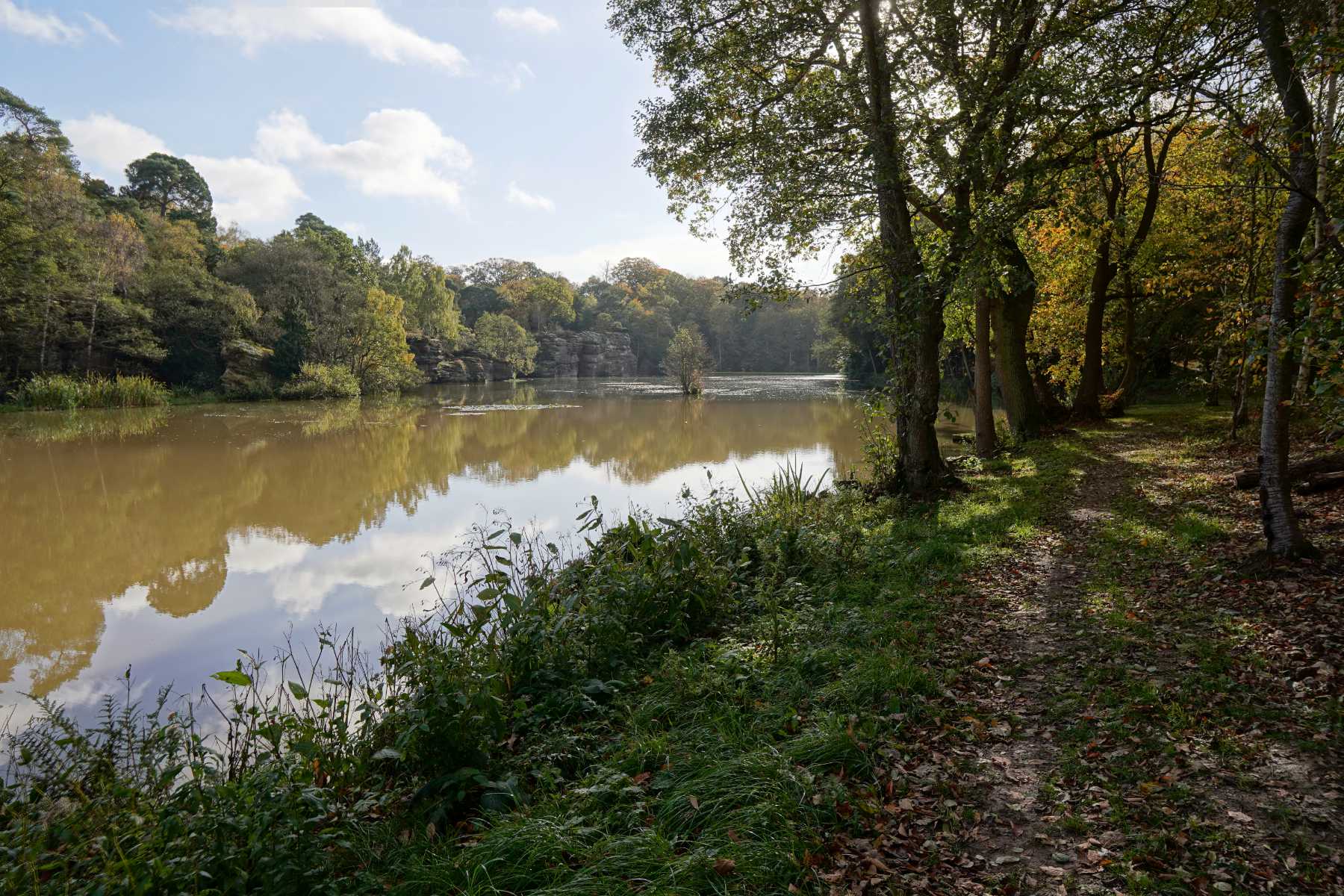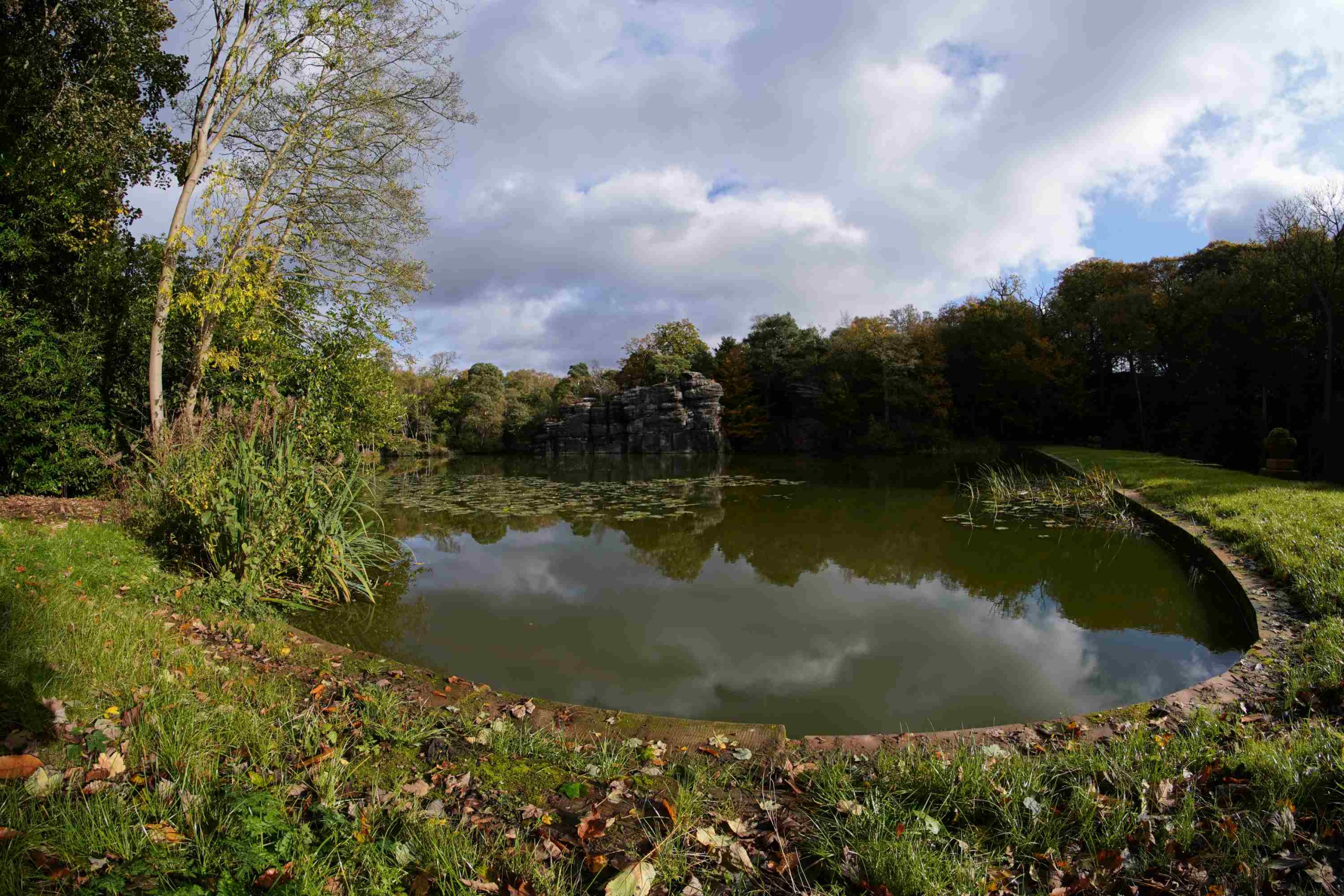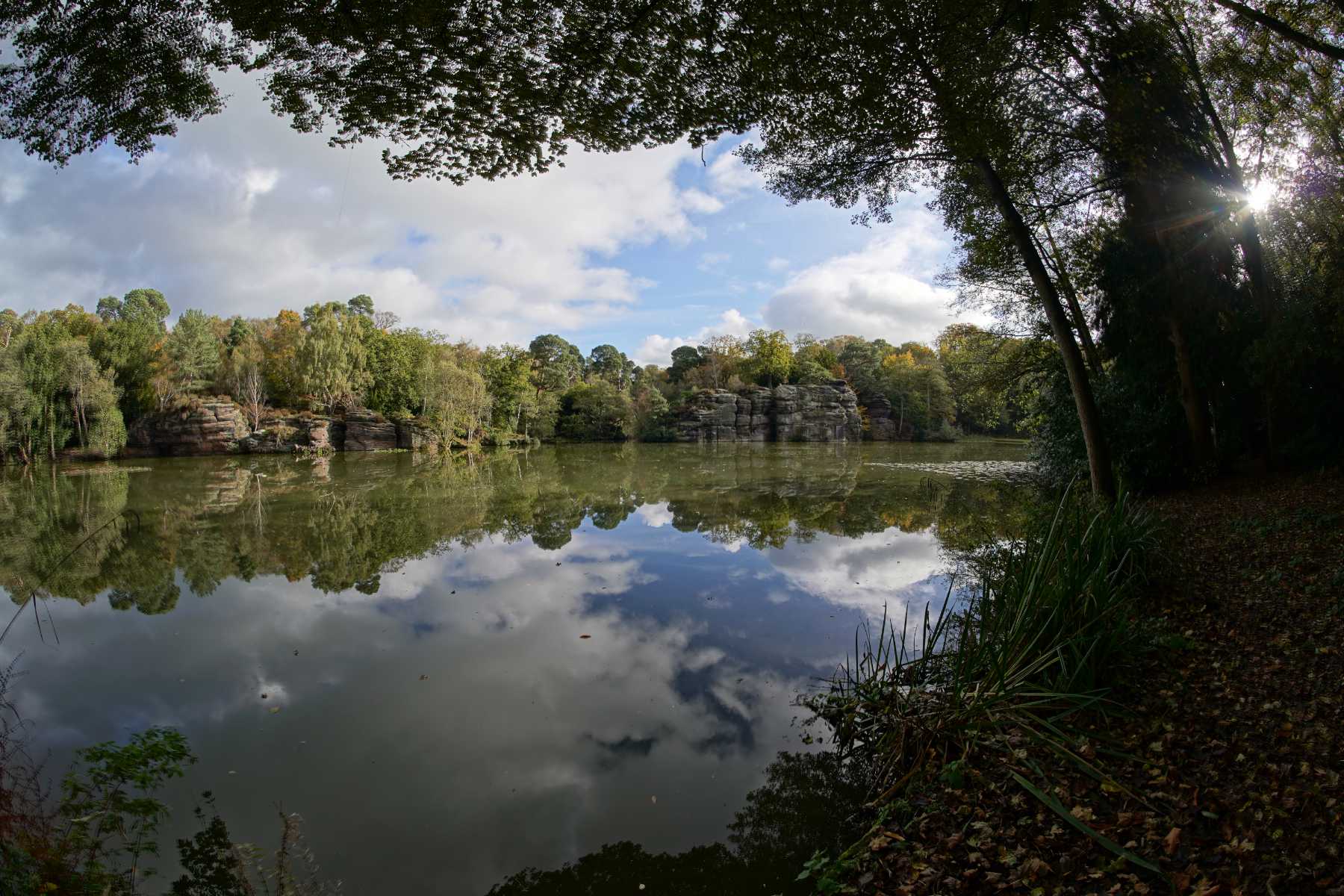- 17 sites saved and four sites added to the Heritage at Risk Register in Yorkshire in 2021
- Sites saved include Plumpton Rocks near Harrogate and the First White Cloth Hall in Leeds
- Collaboration between funders has saved many sites
- £1.8 million awarded by Historic England to historic sites at risk in Yorkshire over the past year
Today (Thursday 4 November, 2021) Historic England publishes its annual Heritage at Risk Register for 2021. The Register is the yearly health-check of England’s most valued historic places and those most at risk of being lost forever as a result of neglect, decay or inappropriate development.
Over the last year, 17 historic buildings sites in Yorkshire have been removed from the Register. Many have been saved thanks to the hard work and dedication of local communities and owners, who have come together with public funders to rescue places despite the challenges wrought by the Covid-19 pandemic over the past 18 months.
Over the past year Historic England has awarded £1.8 million in grants to historic places in Yorkshire, more than £800,000 of which came from the Government’s Culture Recovery Fund.
Four sites in Yorkshire have been added to the Register because of concerns about their condition. They are at risk of being lost forever as a result of neglect, decay or inappropriate development.
Plumpton Rocks
Considered one of the finest 18th century landscapes in the North of England, it was twice painted by JMW Turner
Plumpton Rocks is a Grade II* listed landscape designed in the mid-18th century, one of a collection of fantastic historic gardens across North Yorkshire.
The site’s condition had declined, largely due to silting of the lake and the growth of self-set trees. But a long-running project with vital support and funding from Natural England’s Countryside Stewardship scheme, Historic England, the Historic Houses Foundation and the owner, has seen the site restored.
The lake has been dredged to recover its 18th century proportions, there have been repairs to the dam and work to manage trees and vegetation growth, as well restoration work to the remaining parkland.
Plans are being developed to manage public access to this beautiful site as part of Harrogate’s rich landscape offer and already the local angling club are helping to control invasive vegetation. The site features a man-made lake and dam, wood and parkland, with dramatic natural outcrops of millstone grit rock formations, shaped and eroded by wind and water.
Considered one of the finest 18th century landscapes in the North of England, it was twice painted by JMW Turner, with both works now hanging in Harewood House.
The site has a rich history: the Plumpton family owned the estate from the Norman conquest, until it was sold to the Lascelles family of Harewood House in the 18th century. In the 1950s, descendants of the original Plumpton owners bought it back.
Robert Hunter, owner of Plumpton Rocks said:
I am delighted that Plumpton Rocks has now been removed from Historic England’s Heritage at Risk Register.
Over the last 10 years we have carried out a major restoration project to restore this special landscape and I am enormously grateful to the help we have received from Historic England, Historic Houses Foundation and Natural England and as well as our contractors and volunteers who have all played a key role in reaching this goal. We look forward to welcoming the public back in the spring of next year when we are due to reopen.
Plumpton is where Turner had his first commission in oils in 1797 and we were able to use his sketches to assist with the restoration of the lake, dam and parkland and I have absolutely no doubt that he would recognise the landscape over 200 years later. The restoration has allowed us to preserve this remarkable place for the next 200 years.
Trevor Mitchell, Regional Director for the North East and Yorkshire at Historic England said:
Our heritage is an anchor for us all in testing times. It provides beautiful places that make us feel good. This year’s Register shows that looking after our historic places can contribute to the country’s economic and social recovery as well as bring communities together to enjoy their surroundings.
The 17 sites saved this year in Yorkshire show what’s possible with strong partnerships investing together to secure public benefits. Agencies such as Natural England, the National Lottery Heritage Fund and Historic England recognise the importance that historic places have for their local communities. Whether it’s an overgrown pleasure ground, an abandoned anti-aircraft site, or the forgotten cradle of Leeds’ trading power, it’s clear that restoring our heritage improves people’s lives.
The Heritage at Risk Register 2021 Yorkshire:
- 106 Buildings or Structures (Grade I and II* listed buildings and structural scheduled monuments across England)
- 58 places of worship
- 294 Archaeology entries (non-structural scheduled monuments),
- 11 parks and gardens
- 2 battlefields
and 52 conservation areas are at risk of neglect, decay or inappropriate change.
In total, there are 523 entries across Yorkshire on the 2021 Heritage at Risk Register.
Across the country, 233 entries have been removed from the Register (for positive reasons), while 130 entries have been added because of concerns about their condition.
Full list of sites removed in 2021 from the Heritage at Risk Register in Yorkshire
- Henry Simpson’s Barn, Appletreewick, Craven, North Yorkshire
- Butterton Bridge, Sawley / Warsill, North Yorkshire
- Round barrow in the west of Scarrish Wood, Barton-le-Street, North Yorkshire
- Alum quarries and works 800m north of Sandsend Bridge, Lythe, Scarborough, North Yorkshire
- Round barrow 545m NNW of Wool Knoll, Hovingham, North Yorkshire
- Two round barrows 600m NNE of the north east corner of North Ings Plantation, Commondale, Scarborough, North Yorkshire
- Round barrow 170m north of Wool Knoll, Hovingham, North Yorkshire
- Alum works at Kettleness, Lythe, Scarborough, North Yorkshire
- Site S of Maiden’s Grave Farm, Burton Fleming, East Riding of Yorkshire
- Cross dyke 600m north west of Easthorpe Farm, Appleton-le-Street with Easthorpe, North Yorkshire
- Wesleyan Chapel and Hall, The Green, Slingsby, North Yorkshire
- Round barrow 350m south west of Moor House Farm, Hovingham, North Yorkshire
- Section of the Cleave Dyke system 200m south east of Yorkshire Gliding Club, Kilburn High and Low, Hambleton, North Yorkshire
- Plumpton Rocks, Plompton, North Yorkshire
- Heavy Anti-aircraft gunsite, 350m west of Butt Farm, Walkington, East Riding of Yorkshire
- Cockan Cross wayside cross 600m west of Fox Hole Crag, Bransdale, Ryedale, North Yorkshire
- First Leeds White Cloth Hall, 98-101 (consecutive), Kirkgate, Leeds, West Yorkshire
- Full list of sites added in 2021 to the Heritage at Risk Register in Yorkshire
- Low Whita (Bells) Farm (West), Grinton, Richmondshire, North Yorkshire
- Low Whita (Bells) Farm (East), Grinton, Richmondshire, North Yorkshire
- Round barrow 300m south west of Cot Nab Farm, Bishop Wilton, East Riding of Yorkshire
- 15 and 16, St Hilda’s Terrace, Whitby, North Yorkshire
